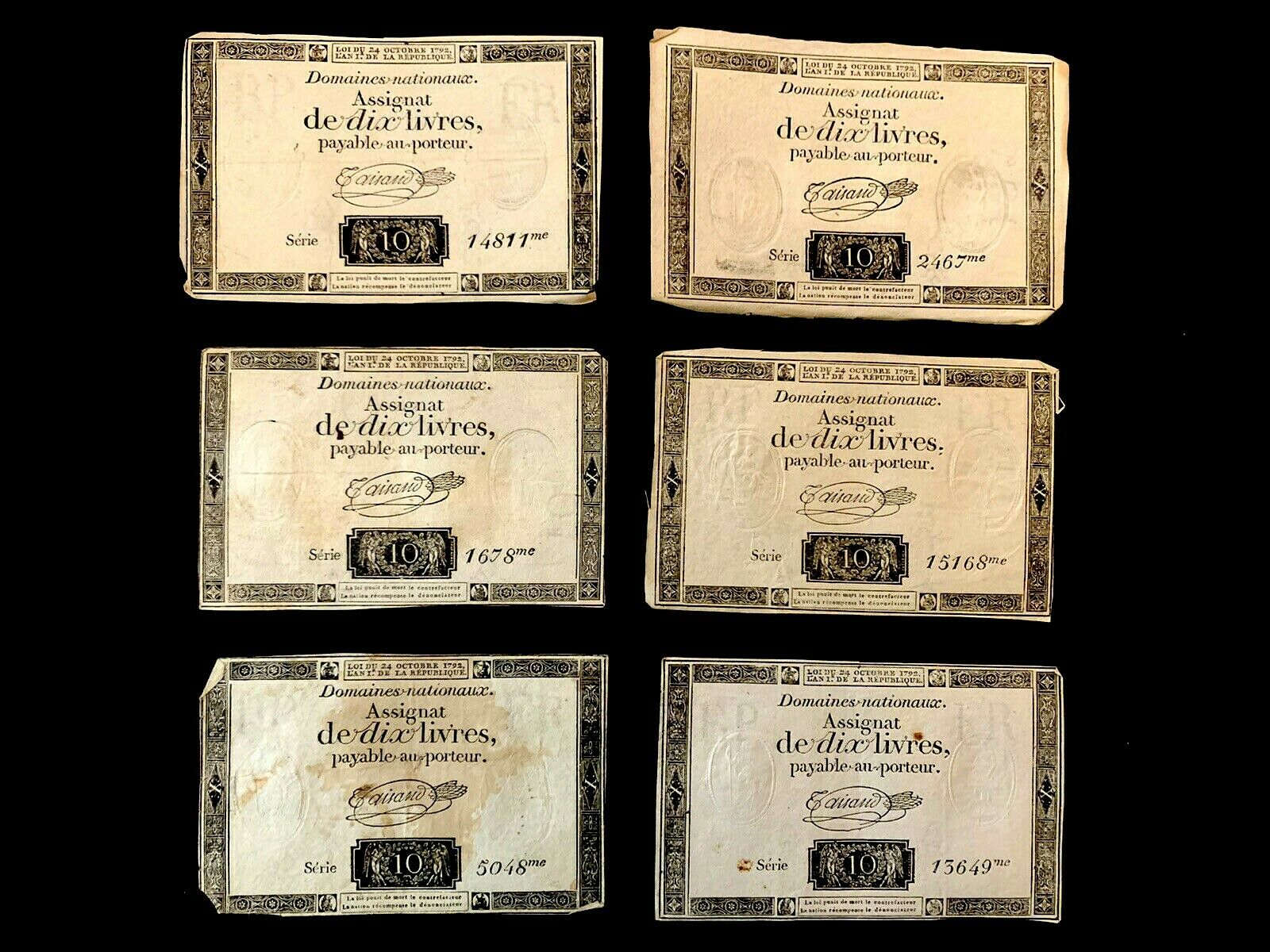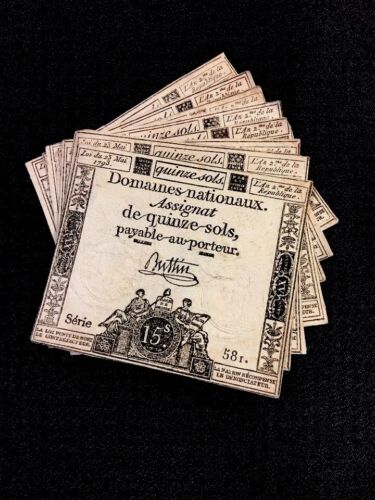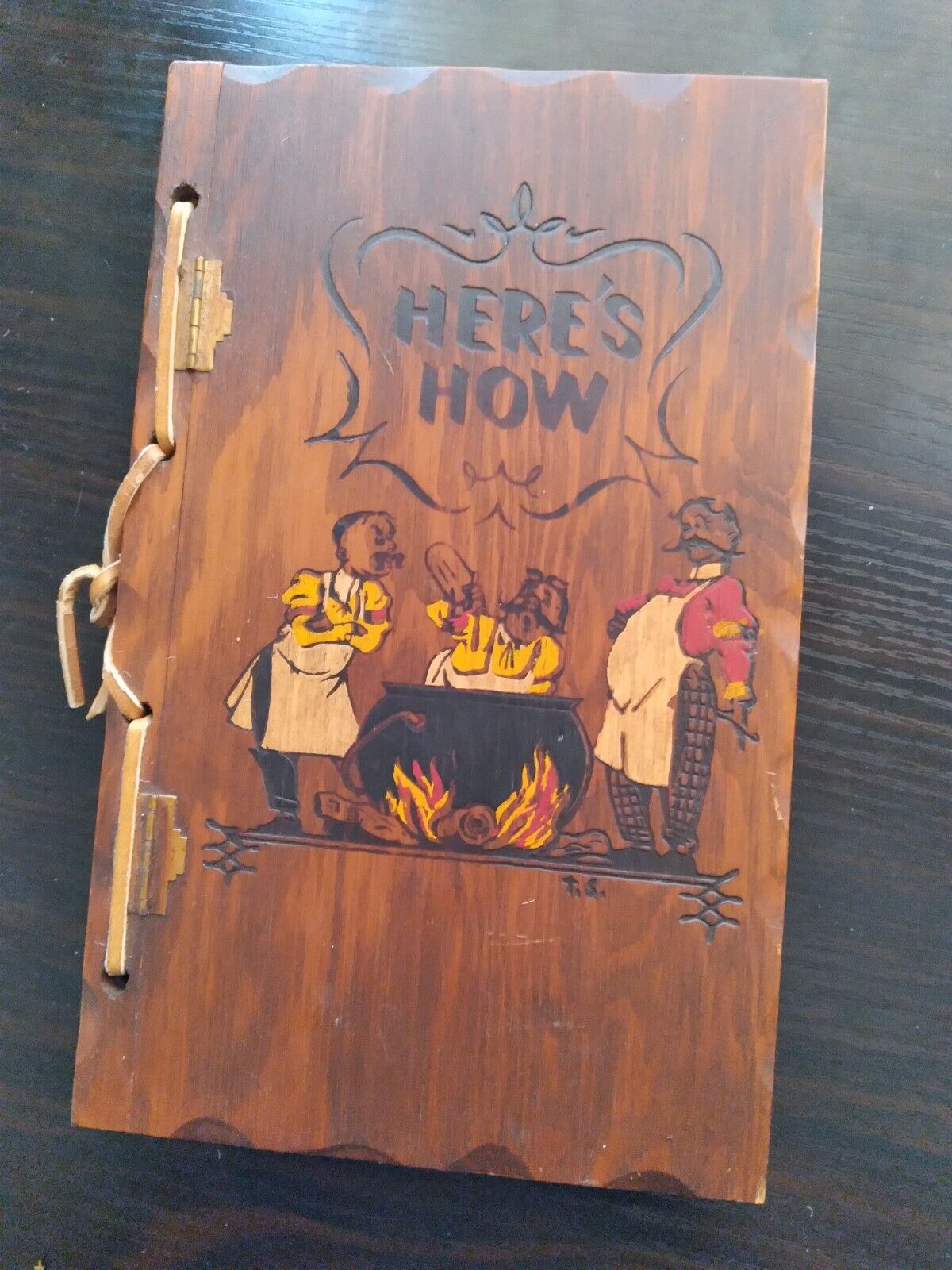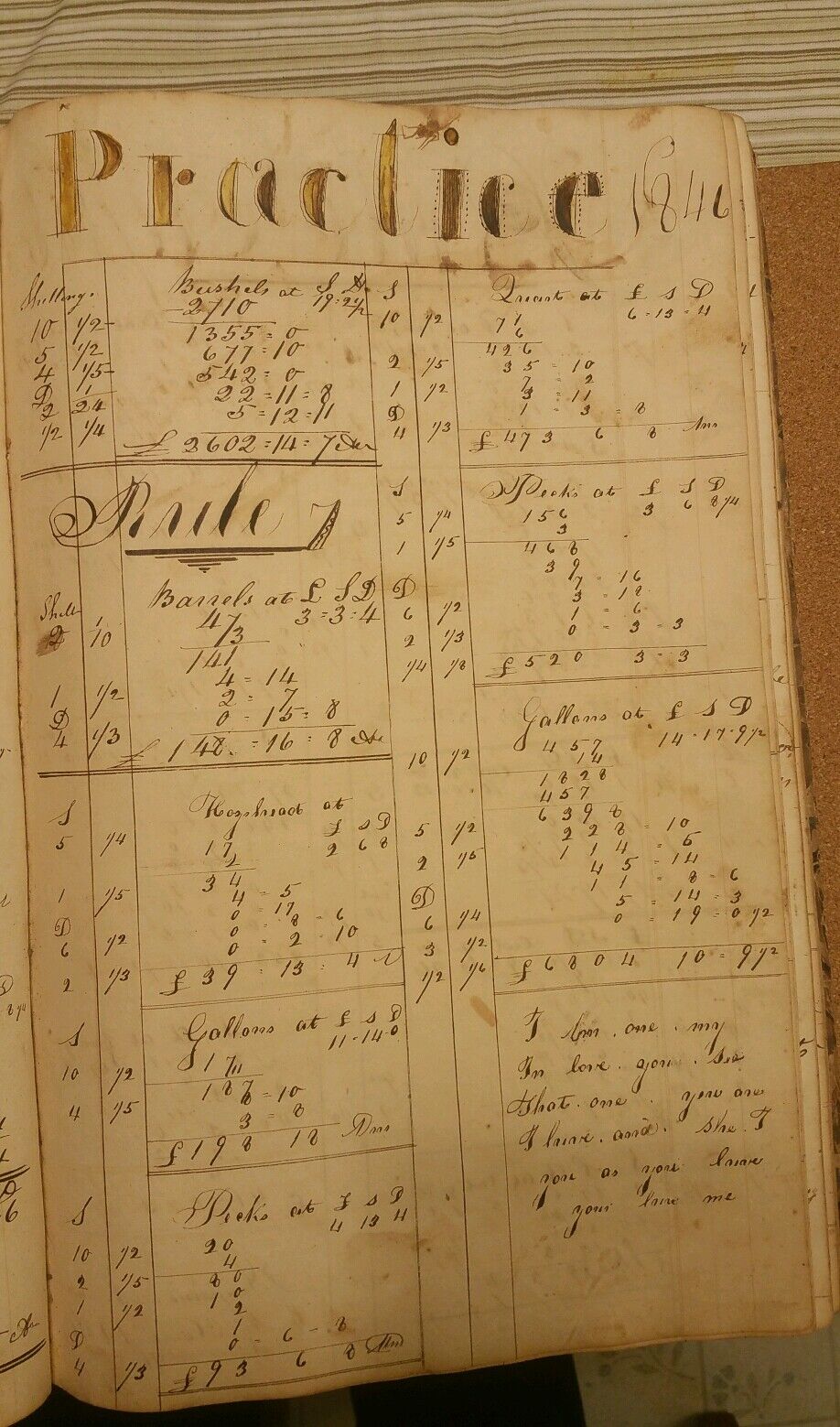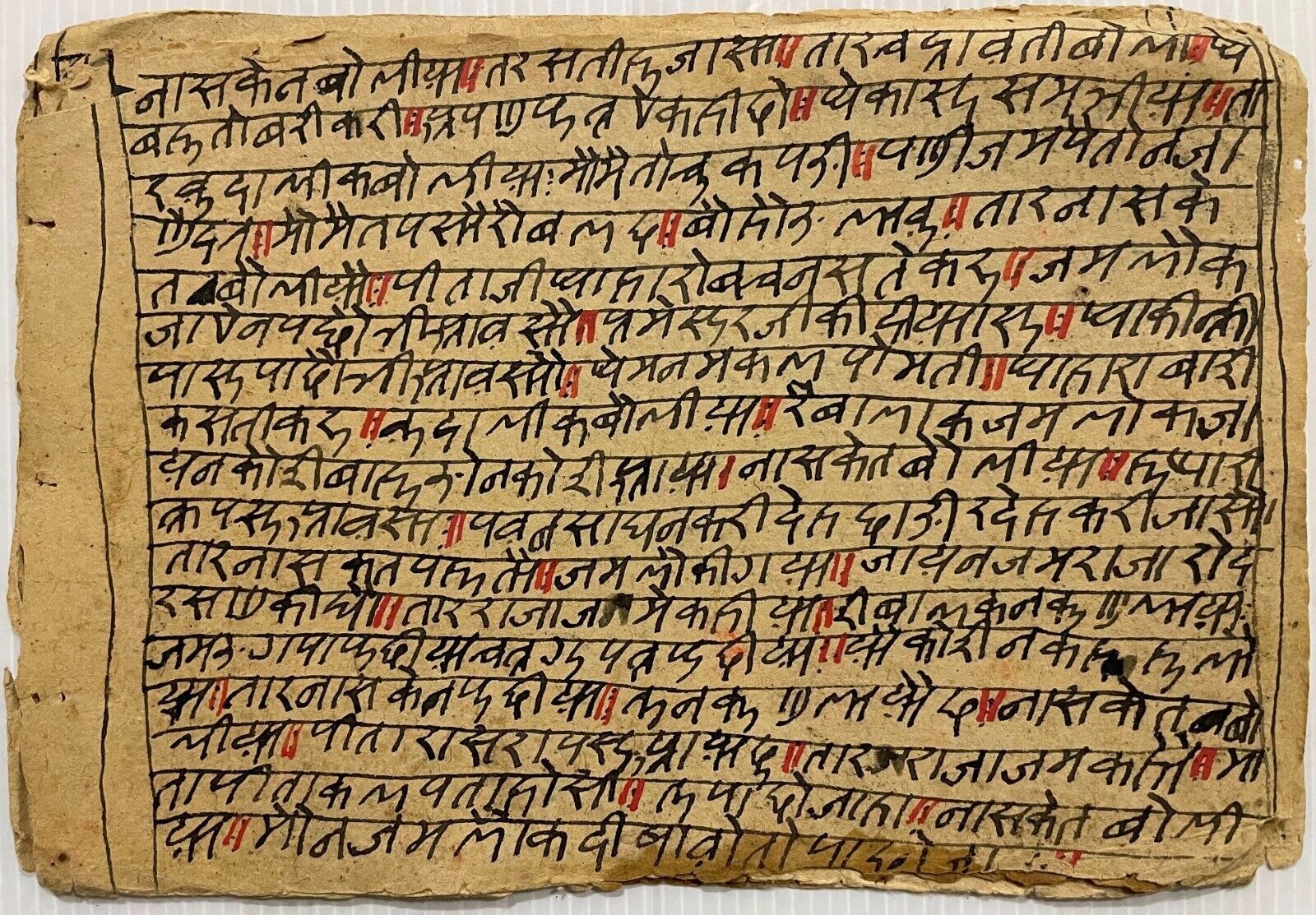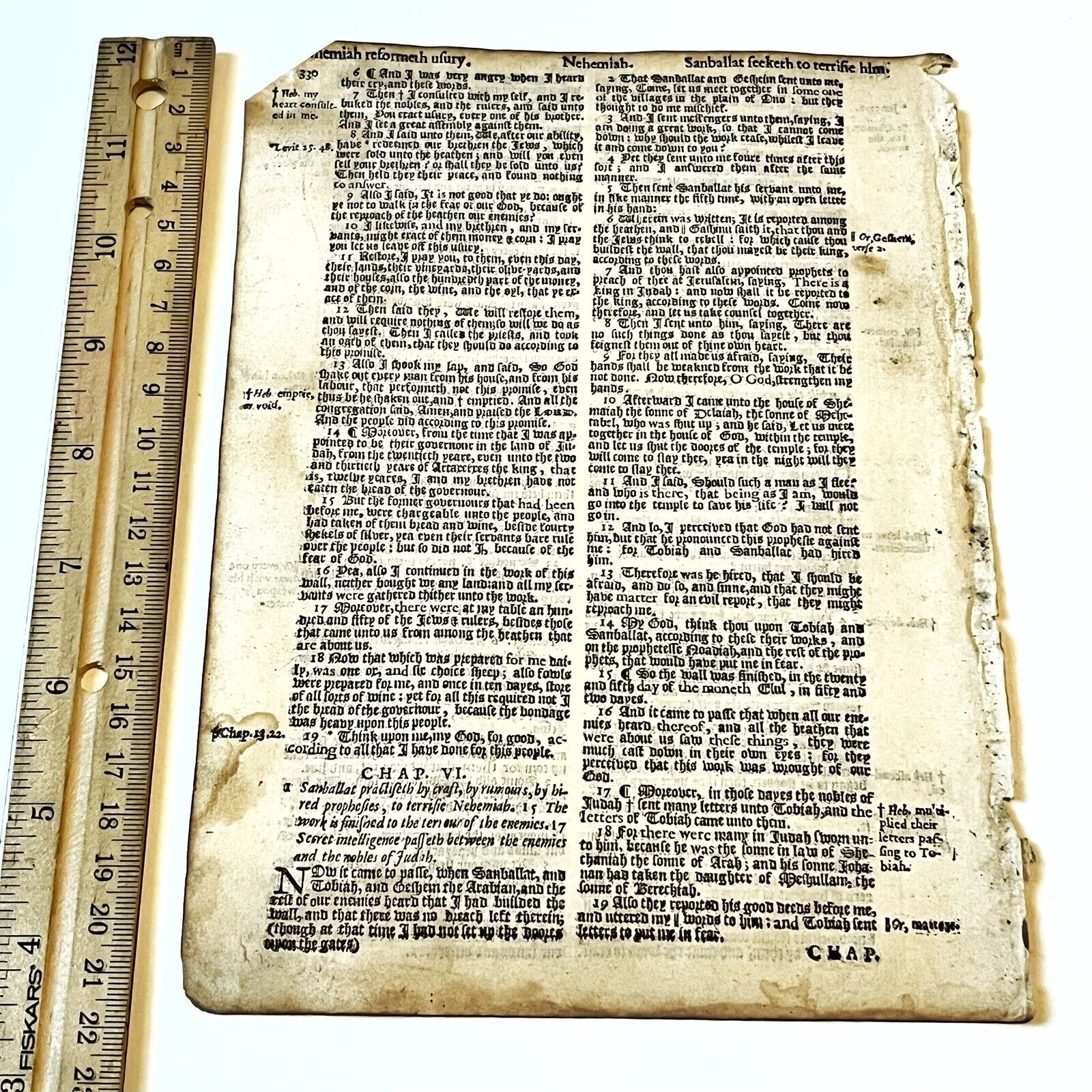-40%
POPE BENEDICT XIV BULL: Brief Signed by Cardinal Domenico Silvio Passionei 1754
$ 250.79
- Description
- Size Guide
Description
"POPE BENEDICT XIV ORIGINAL PAPAL BULL BREVE ON VELLUM
" - Handwritten
Document Signed
on
18 May 1754 by
Cardinal Domenico Silvio Passionei - the
Secretary of Apostolic Briefs & Librarian of the Holy Roman Church
Size: 17" x 5.12" (43 cm x 13 cm), Signed and Sealed
PASSIONEI, Domenico Silvio
(1682-1761)
was a prominent figure in the Italian church during the 18th Century, lauded for his many accomplishments as a churchman, diplomat, antiquary, man of letters and bibliophile. Strangely, however, his not inconsiderable achievement as a musician disappeared entirely from the historical record after his death.
Education
. He was sent to Rome to study when he was thirteen years old; attended the Somaschan
Collegio Clementino
(1695-1701; doctorate in philosophy, 1701);
La Sapienza
University, Rome (doctorate in
utroque iure
, both canon and civil law).
Early life
.
Ablegato
apostolic to present the red biretta to the nuncio in Paris, Filippo Antonio Gualterio, 1706; remained in that city two years, 1706 to 1708, as secretary of the nunciature, and acquired his Jansenistic sympathies, which he had throughout his life. Papal agent to the Peace Conference of The Hague, 1708, and to the one in Utrecht, 1712. Junior lawyer in the Supreme tribunals of the Apostolic Signature of Justice and of Grace, 1713. Procurator of the Holy See in Baden for the signing of the peace treaty among the Christian princes, 1714; and in Solothurn, 1716. Inquisitor in the Island of Malta, 1717-1719. Pro-secretary of the S.C. of Propaganda Fide, November 1720 until January 1721, when he became ill and returned to Fossombrone. Secretary of Latin Letters.
Episcopate
. Elected titular archbishop of Efeso, July 16, 1721. Consecrated, July 25, 1721, church of S. Bernardo, Rome, by Cardinal Fabrizio Paolucci, assisted by Prospero Marefoschi, titular bishop of Cirene, and by Camillo Marazzani, bishop of Parma. Nuncio in Switzerland, July 30, 1721. Nuncio in Austria, December 23, 1730. Blessed the marriage of the future empress Maria-Theresa, 1738. Member of the Academy of Berlin.
Secretary of Apostolic Briefs, March 1738; took possession in June 1738; occupied the post until his death.
Cardinalate
. Created cardinal priest in the consistory of June 23, 1738; received the red hat and the title of S. Bernardo alle Terme, July 23, 1738. Abbot
commendatario
of S. Maria di Farfa from 1738. Named protector of the Cistercian Reformed Order, August 19, 1738. Abbot
commendatario
of Farfa in September 1738. Participated in the conclave of 1740, which elected Pope Benedict XIV.
Pro-librarian of the Holy Roman Church, July 10, 1741, during the absence of the librarian, Cardinal Angelo Maria Quirini
. Camerlengo of the Sacred College of Cardinals, January 29, 1748 until January 20, 1749. Opposed the beatification of Cardinal Roberto Bellarmino, S.J., 1754.
Librarian of the Holy Roman Church, January 22, 1755 until his death
. Opted for the title of S. Prassede, retaining his first title
in commendam
, February 17, 1755. In 1755, he became foreign member of the Academy of Berlin; and of the
Académie des Inscriptions et Belles-Lettres
of France. Participated in the conclave 1758, which elected Pope Clement XIII. Opted for the title of S. Lorenzo in Lucina, retaining
in commendam
his first title, February 12, 1759. Cardinal
protoprete
. He was a great enemy of the Society of Jesus and worked tirelessly for its suppression. His 32000-volume library, in his residence of
Palazzo della Consulta
, was open to everybody. He was the only cardinal whom Voltaire said he longed to become personally acquainted with. He was also prior
commendatario
of S. Salvatore, Ascoli; and abbot
commendatario
of S. Croce di Sassovivo, Foligno. Besides his very large library, he had a collection of five hundred paintings in his palace of Fossombrone.
It is said that the cardinal had fled to the monastery to avoid signing the papal brief condemning the book "Exposition De La Doctrine Chrétienne, Ou Instructions Sur Les Principales Verites De La Religion: Tome Premier", by Father François-Philippe Mésenguy. The pope demanded his signature and this upset the cardinal so greatly that he died a few days later.
Domenico Silvio “Conte” Passionei
was in Holland as envoy of the Holy Sea from 1708 onwards, first in The Hague, then in Utrecht as one of the negotiators of the Piece of Utrecht, in the years 1712-1713. One is tempted to see a relation between this stay and the later publication of his cello sonatas by Jeanne Roger in 1718 as XII Sonate a violoncello e basso continuo.
Passionei conceived these cello sonatas with the noble aim of amusement and as it is for us to enjoy his rhetoric and gain more knowledge from it.
Pope Benedict XIV
(Latin:
Benedictus XIV
; 31 March 1675 – 3 May 1758), born
Prospero Lorenzo Lambertini
, was head of the Catholic Church and ruler of the Papal States from 17 August 1740 to his death in 1758.












